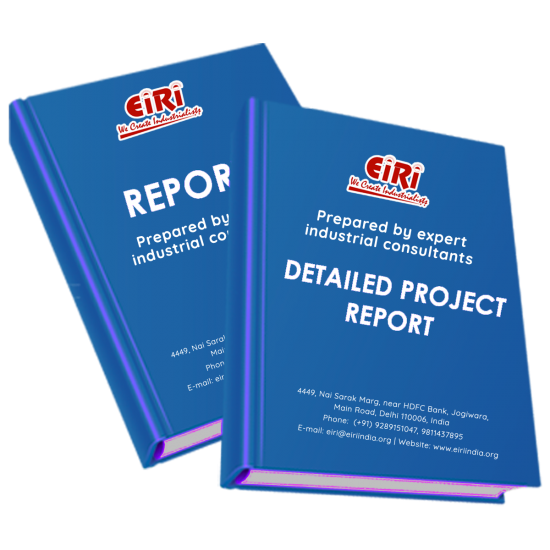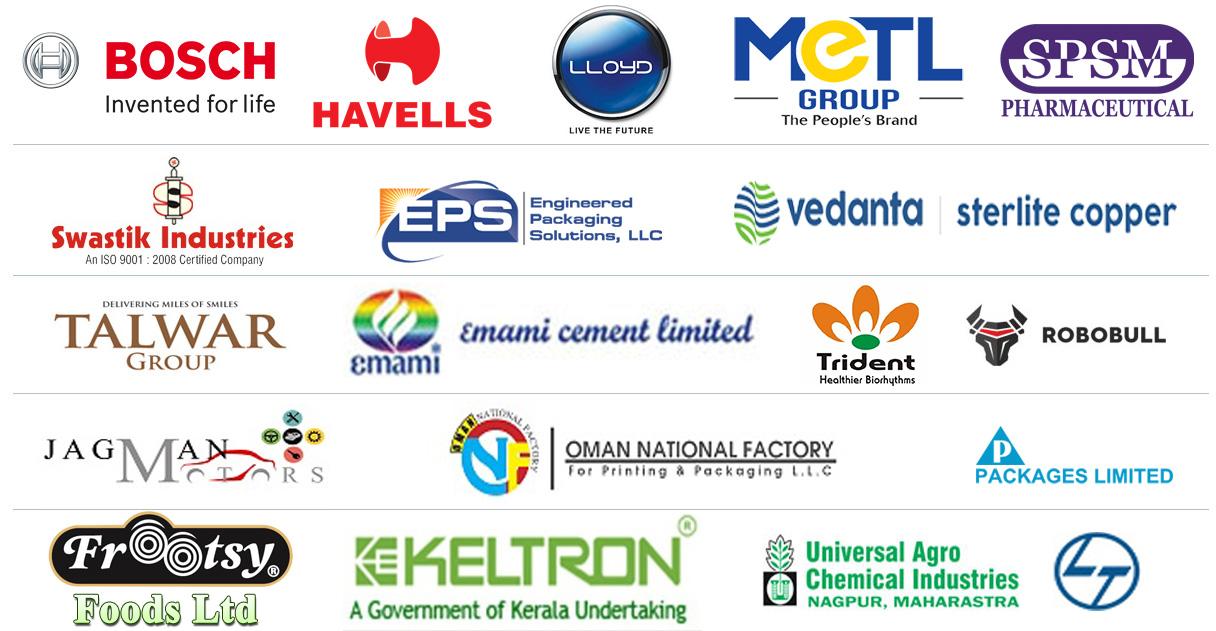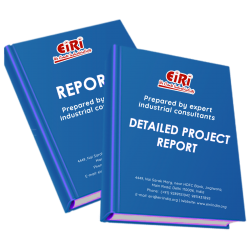Detailed Project Report on olive oil plant

- More than 40 years of experience
- Managed by expert industrial consultants
- ISO 9001-2015 Certified
- Registered under MSME, UAM No: DL01E0012000
- 24/5 Research Support
Get your quesries resolved from an industry expert. Ask your queries before report or book purchase. - Custom Research Service
Speak to the our consultant to design an exclusive study to serve your research needs. - Quality Assurance
All reports are prepared by highly qualified consultants & verified by a panel of experts. - Information Security
Your personal & confidential information is safe & secure.
OLIVE OIL PLANT
[CODE NO. 3066]
The olive tree is native to the Mediterranean basin. Archeological evidence shows that olive oil was produced as early as 4000 BC. Besides food, olive oil was used historically for medicine, lamp fuel, soap, and skin care.
The majority of olive oil is produced in the European Union, with Spain being the largest producer of olive oil in the world, followed by Italy and Greece. In the United States, olive oil is produced in California, Arizona, Texas, Georgia, Florida, Oregon, and Hawaii.
Variety and maturation are two of the most important factors of olives that influence the quality and taste of the final olive oil. There are hundreds of varieties of olive trees. A wide range of olive varieties are used in the production of olive oil. These include Mission, Manzanillo, Sevillano, Arbequina, Koroneiki, Arbosana, Ascolano, Frantoio, Leccino, Pendolino, Maurino, and Coratina.
Olive oil production begins with harvesting the olives. Traditionally, olives were hand-picked. Currently, harvesting is performed by a variety of types of shakers that transmit vibrations to the tree branches, causing the olives to drop into nets that have previously been placed under the tree canopy. Increasing ripeness generally increases yield in terms of release of olives from the tree branches. However, over-mature olives do not possess the best sensory qualities for oil production. Therefore, harvesting time is frequently a compromise between harvesting efficiency and final oil quality.
After harvesting, the olives are washed to remove dirt, leaves, and twigs. After the twigs are filtered out with grids, the fruit is ready for processing into oil. Fewer than 24 hours from harvest to processing produces the highest-grade oils.
Traditional olive oil processing begins with crushing the olives into a paste. The purpose of the crushing is to facilitate the release of the oil from the vacuoles.
The next step in the process involves malaxing the paste (mixing the paste). The paste is mixed for 20–45 minutes to allow small oil droplets to combine into bigger ones. This process ensures the olives are well ground and allows the fruit enzymes to produce desirable aromas and flavors. Longer mixing times increase yield; however, they may also result in increased oxidation and decreased shelf life and quality.
COST ESTIMATION
Plant Capacity : 1000.00 Litres/day
Land & Building (1500 Sq.MT) : Rs. 1.68 Cr
Plant & Machinery : Rs. 1.03 Cr
Working Capital for 1 Months : Rs. 1.07 Cr
Total Capital Investment : Rs. 3.89 Cr
Rate of Return : 27%
Break Even Point : 56%
INTRODUCTION
COMPOSITION AND CHARACTERISTICS OF OLIVE
STANDARDS FOR OLIVE OIL
COLD PRESSED OLIVE OIL
METHOD OF OLIVE OIL EXTRACTION
MARKET SURVEY
IMPORT DATA OF FIGARO OLIVE OIL
IMPORT DATA OF OLIVE OIL BERTOLLI
GLOBAL MARKET POSITION OF OLIVE OIL
GLOBAL TRENDS IN OLIVE OIL TRADE
MANUFACTURING PROCESS OF OLIVE OIL
PROCESS FLOW SHEET
PROCESS IN DETAILS FOR OLIVE OIL EXTRACTION
PROCESS FOR EXTRA VIRGIN OIL
EXTRACTION OF VIRGIN OLIVE OIL
OLIVE POMACE OIL EXTRACTION
CONTAINER CHARACTERISTICS FOR OLIVE OIL BOTTLING
PERFORMANCE OF OLIVE OIL EXTRACTION USING DIFFERENT GRADE OF TALC
DETAILS OF EQUIPMENTS WITH ADVANTAGE AND DISADVANTAGE
PROCESS FLOW DIAGRAM OF OLIVE PROCESSING
SUPPLIERS OF PLANT AND MACHINERY
SUPPLIERS OF RAW MATERIALS
ADDRESSES OF INDIAN OLIVE ASSOCIATION
APPENDIX – A:
1. COST OF PLANT ECONOMICS
2. LAND & BUILDING
3. PLANT AND MACHINERY
4. FIXED CAPITAL INVESTMENT
5. RAW MATERIAL
6. SALARY AND WAGES
7. UTILITIES AND OVERHEADS
8. TOTAL WORKING CAPITAL
9. COST OF PRODUCTION
10. PROFITABILITY ANALYSIS
11. BREAK EVEN POINT
12. RESOURCES OF FINANCE
13. INTEREST CHART
14. DEPRECIATION CHART
15. CASH FLOW STATEMENT
16. PROJECTED BALANCE SHEET
How to Make Project Report?
Detailed Project Report (DPR) includes Present Market Position and Expected Future Demand, Technology, Manufacturing Process, Investment Opportunity, Plant Economics and Project Financials. comprehensive analysis from industry covering detailed reporting and evaluates the position of the industry by providing insights to the SWOT analysis of the industry.
Each report include Plant Capacity, requirement of Land & Building, Plant & Machinery, Flow Sheet Diagram, Raw Materials detail with suppliers list, Total Capital Investment along with detailed calculation on Rate of Return, Break-Even Analysis and Profitability Analysis. The report also provides a birds eye view of the global industry with details on projected market size and then progresses to evaluate the industry in detail.
We can prepare detailed project report on any industry as per your requirement.
We can also modify the project capacity and project cost as per your requirement. If you are planning to start a business, contact us today.
Detailed Project Report (DPR) gives you access to decisive data such as:
- Market growth drivers
- Factors limiting market growth
- Current market trends
- Market structure
- Key highlights
Overview of key market forces propelling and restraining market growth:
- Up-to-date analyses of market trends and technological improvements
- Pin-point analyses of market competition dynamics to offer you a competitive edge major competitors
- An array of graphics, BEP analysis of major industry segments
- Detailed analyses of industry trends
- A well-defined technological growth with an impact-analysis
- A clear understanding of the competitive landscape and key product segments
Need Customized Project Report?
- Ask for FREE project related details with our consultant/industry expert.
- Share your specific research requirements for customized project report.
- Request for due diligence and consumer centric studies.
- Still haven't found what you're looking for? Speak to our Custom Research Team
About Engineers India Research Institute:
Note: We can also prepare project report on any subject based on your requirement and country. If you need, we can modify the project capacity and project cost based on your requirement.
Our Clients

Our Approach
- Our research reports comprehensively cover Indian markets (can be modified as per your country), present investigation, standpoint and gauge for a time of five years*.
- The market conjectures are produced on the premise of optional research and are cross-accepted through associations with the business players
- We use dependable wellsprings of data and databases. What's more, data from such sources is handled by us and incorporated into the report
Why buy EIRI reports?
- Our project reports include detailed analysis that help to get industry Present Market Position and Expected Future Demand.
- Offer real analysis driving variables for the business and most recent business sector patterns in the business
- This report comprehends the present status of the business by clarifying a complete SWOT examination and investigation of the interest supply circumstance
- Report gives investigation and top to bottom money related correlation of real players/competitors
- The report gives gauges of key parameters which foresees the business execution






















